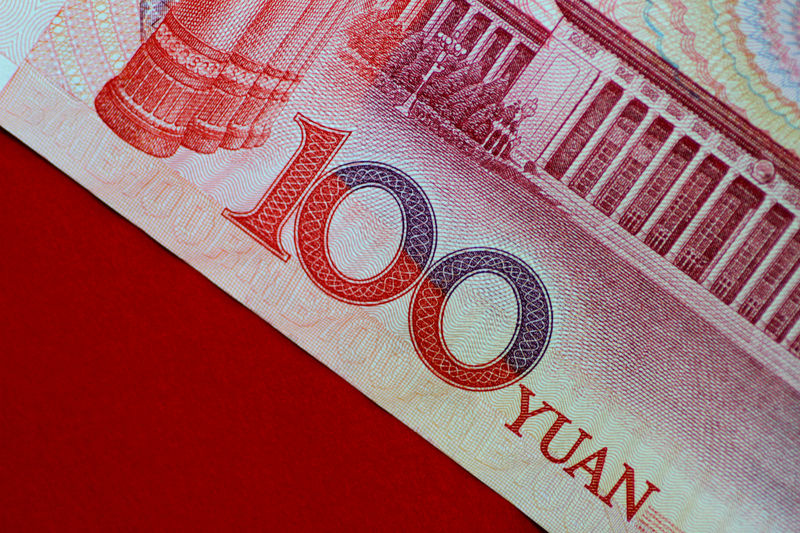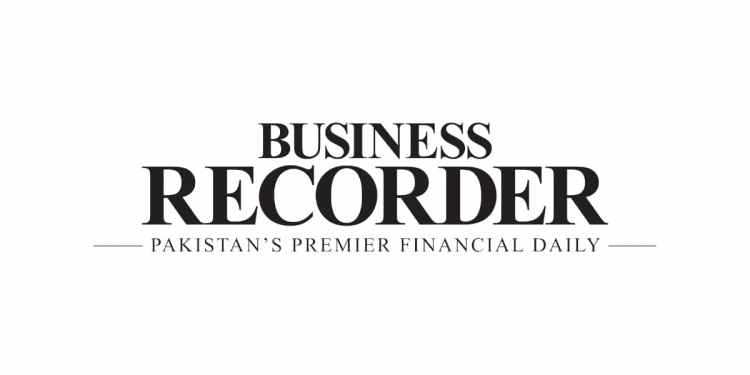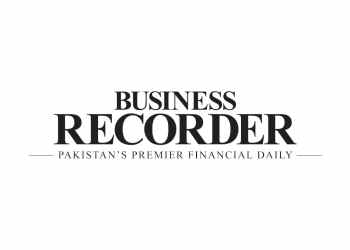 © Reuters. FILE PHOTO: Illustration photo of a China yuan note
© Reuters. FILE PHOTO: Illustration photo of a China yuan noteBEIJING (Reuters) – China’s banks likely extended fewer new loans in August than the previous month, but the pace was still well above last year’s levels as the central bank looks to support the economy amid rising U.S. trade tensions, a Reuters poll showed.
Money supply growth likely hovered near multi-month highs, while outstanding loans expanded at the same pace as in July.
With U.S. tariffs threatening to heap more pressure on China’s already slowing economy, policymakers have shifted their focus in recent months to improving credit conditions and shoring up business confidence.
The People’s Bank of China has cut banks’ reserve requirements (RRR) three times so far this year to encourage banks to keep lending to struggling firms, and it has injected liquidity in various ways to bring down borrowing costs.
The government is also ramping up spending on big-ticket infrastructure projects to spur domestic demand and lift investment growth from record lows.
China’s banks extended 1.3 trillion yuan ($190.04 billion) in net new loans in August, easing from July’s 1.45 trillion yuan but nearly 20 percent more than the same month last year,
according to a Reuters survey of 35 economists.
Policymakers hope these measures will ease some of the strains produced by a multi-year regulatory crackdown on riskier lending and debt, which was pushing up financing costs and fueling a growing number of defaults.
Broad M2 money supply was seen rising 8.5 percent in August
from a year earlier, matching July’s pace which was the highest in five months, according to the poll.
Annual outstanding yuan loan growth was seen at 13.2 percent in August, the same pace as in July.
Analysts expect Beijing to roll out further growth boosting measures in coming months as the weight of U.S. tariffs mounts. Indeed, more sweeping U.S. measures are expected this month.
Analysts are penciling in at least one more RRR cut this year. But with bad loans on the rise, the government is having difficulty persuading banks to take on more exposure to smaller companies, which are vital for economic expansion and job creation.
Chinese banks have traditionally been more reluctant to lend to small and private firms, which they consider to be riskier than state-owned firms.
The finance ministry dangled yet another incentive to banks on Thursday, saying they will get a tax break on income from loans to smaller firms.
CREDIT CONDITIONS TIGHT DESPITE RISING LOANS
Total new bank loans in the first seven months of the year jumped 19 percent from a year earlier to 10.48 trillion yuan. That is well on track to set a new full-year record, eclipsing last year’s 13.53 trillion yuan.
But the increased bank lending has barely compensated for shrinking off-balance sheet shadow loans, which have been one of the major targets of regulators as they seek to reduce systemic financial risks.
Combined trust loans, entrusted loans and undiscounted bankers’ acceptances, which are common forms of shadow banking finance, fell by 488.6 billion yuan in July, following a slide of 1.26 trillion yuan in the first six months.
Underlining tight credit conditions, annual growth in outstanding total social financing (TSF), which includes off-balance sheet forms of financing, slowed to a record low of 10.3 percent in July, according to revised data. The PBOC has changed the way it calculates TSF by adding financial institutions’ asset-backed securities and loan write-offs.
The weighted average lending rate for non-financial firms, a key indicator reflecting corporate funding costs, inched up 1 basis point (bps) in the second quarter to 5.97 percent, central bank data showed, following a rise of 22 bps in the first quarter and 47 bps in 2017.
The PBOC is due to release August lending and money supply data between Sept. 10-15.
Source: Investing.com




























